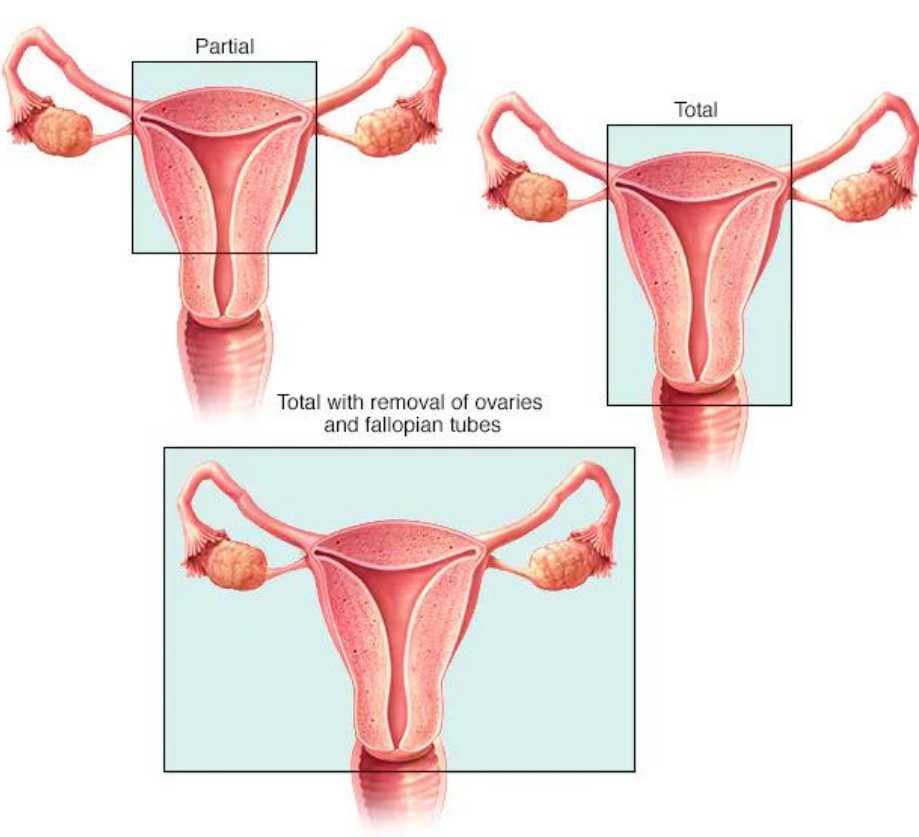
+971 55 756 9389
nirmala.murthy@kch.ae
Kings College Hospital, Dubai Hills
Hysterectomy is a surgical procedure performed by Dr. Nirmala Murthy to remove the uterus, and in some cases, may also involve removing the cervix, ovaries, and fallopian tubes. There are several types of hysterectomy, each with specific indications and considerations. The decision to undergo a hysterectomy depends on various factors, including the patient's medical condition, symptoms, and personal preferences.

Types of Hysterectomy:
Indications for Hysterectomy:
Considerations and Alternatives:
Before undergoing a hysterectomy, Dr. Nirmala Murthy discusses the potential risks, benefits, and alternatives with her patients. Depending on the individual circumstances, alternatives to hysterectomy may include hormonal therapy, conservative surgery, uterine artery embolization (for fibroids), or other minimally invasive procedures.
Conclusion:
Hysterectomy is a major surgical procedure that may be recommended for various gynecological conditions. Dr. Nirmala Murthy evaluates each patient's unique situation and provides personalized recommendations to ensure the best possible outcomes for her patients.